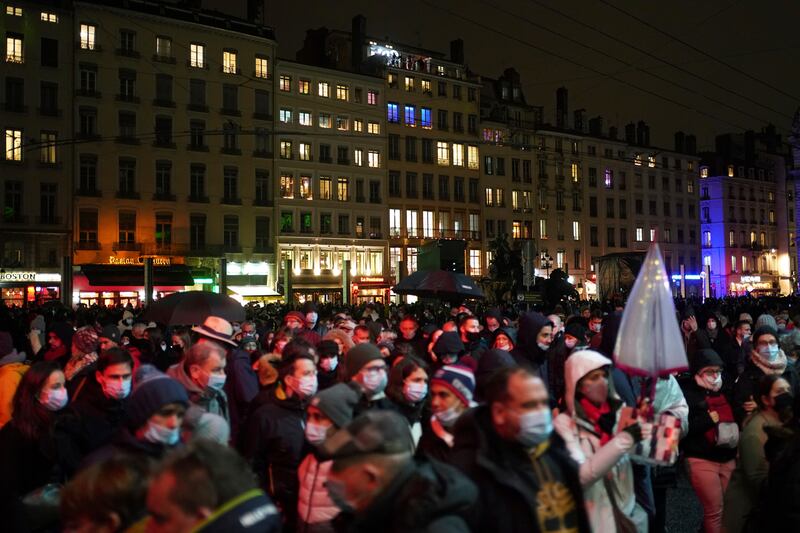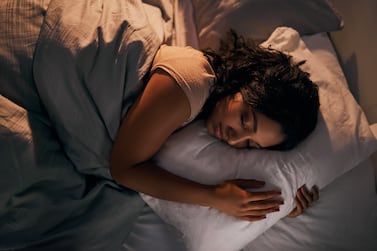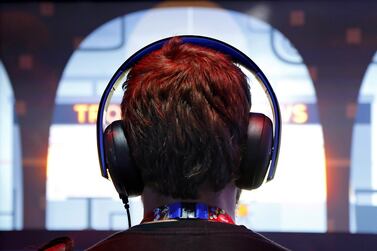Controlling fire was one of our first technological innovations. Around 400,000 years ago, early humans regularly used their pyrotechnical knowledge to provide warmth, protection and illumination. Light at night lengthened the day and allowed more activity than was previously possible. So it is hardly surprising that light has earned a special place in our hearts.
"Let there be light" we read in the book of Genesis, while the Quran has a chapter (sura) titled the light (Al Noor). Our love of light is further reflected in our use of language: we shed light on a mystery, light up when happy, and many of us try to look on the bright side of life. However, there is a dark side to light, and it is a growing concern.
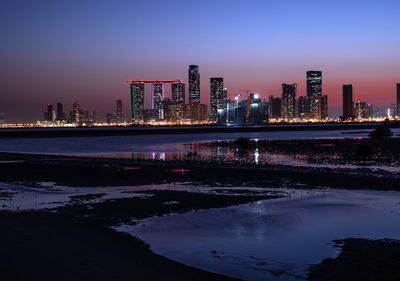
Last week, The National reported on a survey undertaken by the Paris Region Institute. This study found that most Parisians, 95 per cent of the 2778 surveyed, want the city to have fewer lights. Paris was one of the first cities in Europe to adopt widespread street lighting, arguably earning it the nickname "La Ville-Lumiere" or "City of Lights".
As time has passed, however, the city has become increasingly bright, to the extent that residents are now complaining about "invasive" night-time light. The study found that 83 per cent of residents were bothered by public light shining into their bedrooms, with 65 per cent reporting negative impacts on their health because of related sleep loss.
It is not only Parisians though who are suffering the ill effects of "skyglow", or to use the less romantic-sounding term, light pollution. The World Atlas of Artificial Night Sky Brightness suggests that around 80 per cent of the world's human population live beneath sky glow. These days, to escape sky glow and experience a naturally dark night, we might need to travel deep into the wilderness.
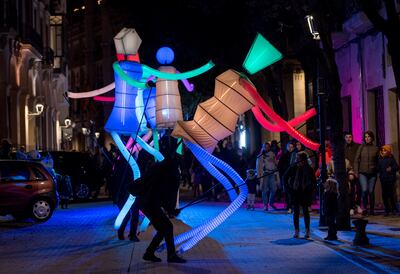
Fitting good blackout curtains can help while indoors. Unfortunately, many modern bedrooms resemble space station control centres, with the lights from phones, chargers, TVs on standby and Wi-Fi routers regularly spewing artificial light into our sleeping quarters.
At one time, light at night helped us. Now we have so much of it that it might be harming us. Scientists have begun exploring the effects of artificial light at night, often acronymised as Alan. A review of the possible health impacts of Alan were published in the journal Chronobiology International in 2015. The study concluded that such artificial light disrupts the production of the hormone melatonin and also interferes with our circadian rhythms or our body clock. Furthermore, Alan was associated with an increased risk of sleeping disorders, breast cancer, prostate cancer and diabetes.
A more recent study, published in 2019 in the Journal of the American Medical Association, looked at the link between Alan and obesity among 43,722 women in the US. The study found that exposure to artificial light while sleeping was associated with obesity. Those who were most exposed to artificial light while sleeping were more likely to be obese.
The study also followed these women up over six years (2003 to 2009), and those non-obese women who were regularly exposed to artificial light while sleeping were more likely to become obese over the course of the study. The research team suggested that sleeping with a light or the TV left on (as opposed to no light) was associated with gaining at least 5kg. Further research is required, but Alan could very well be a significant player in the global obesity epidemic.
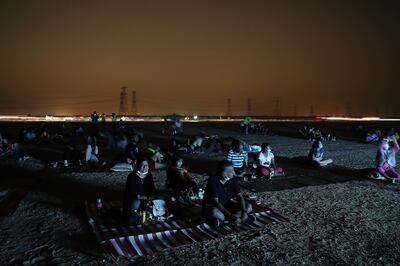
Beyond physical health, there is also emerging evidence that Alan might be linked to our mental health. Exploration of this idea among animals has provided compelling evidence. For example, one study undertaken at Ohio State University Medical Centre and published in the Journal of Molecular Psychiatry looked at hamsters. The study exposed the rodents to Alan, a dim night-time light roughly equivalent to the light emitted from a computer screen or TV.
After a few weeks of this new lighting regimen, the previously ordinary hamsters exhibited behavioural changes similar to those observed in depressed humans, such as social withdrawal and a diminished appetite for pleasure (anhedonia).
There were also structural changes in the hamsters' hippocampi, a brain region implicated in human depression. How well these findings translate to humans is an open question. But we know sleep deprivation is a risk factor for mood disorders, and Alan can interfere with our sleep.
Beyond concern for humans, artificial light can also play havoc with some of the other species on Earth. For example, around 40 per cent of the world's insect species face extinction, and at least some of this can be pegged to excessive Alan making insects more vulnerable to predation. These little things are not little things; the Pulitzer prize-winning Biologist, E O Wilson, suggests that "If insects were to vanish, the environment would collapse into chaos".
The bright thing to do is darken our cities. The most desirable cities of the future won't be those bathed in the brightest lights. Instead, the smartest places to live will provide helpful and efficient illumination with minimal or zero light pollution.
